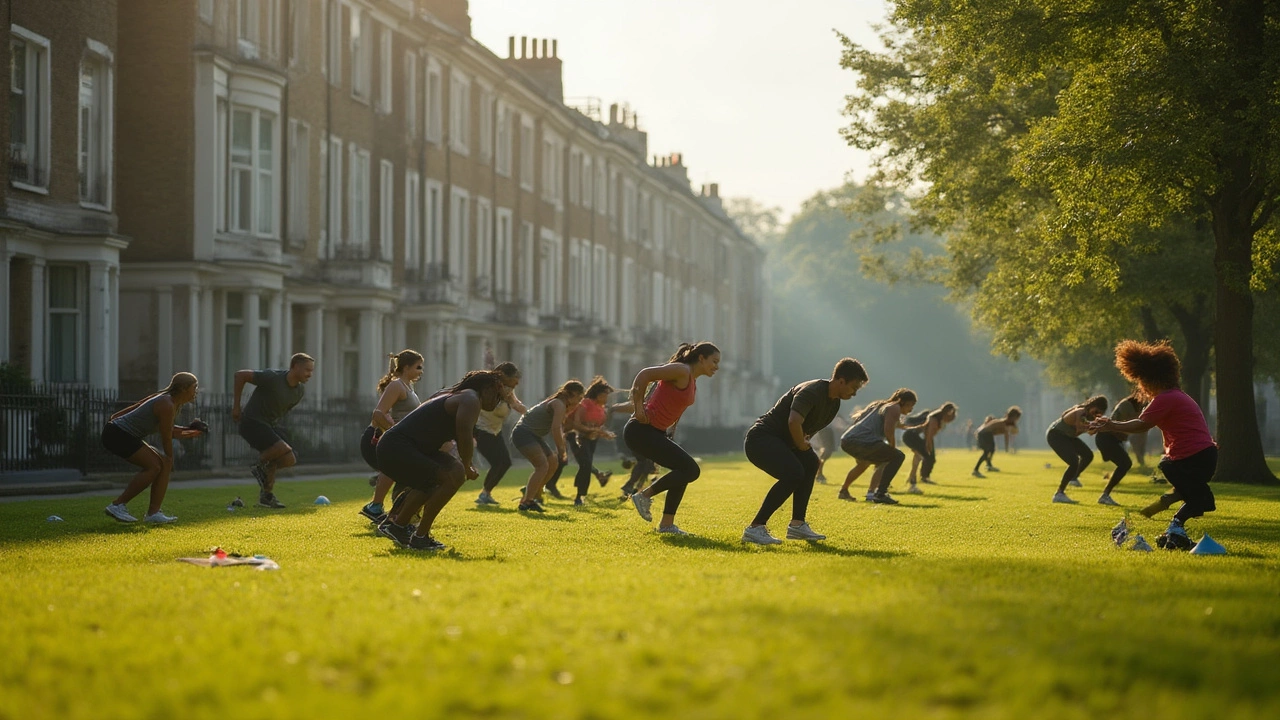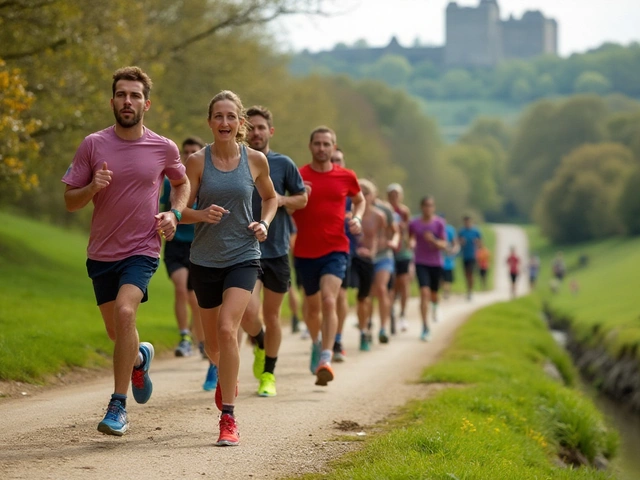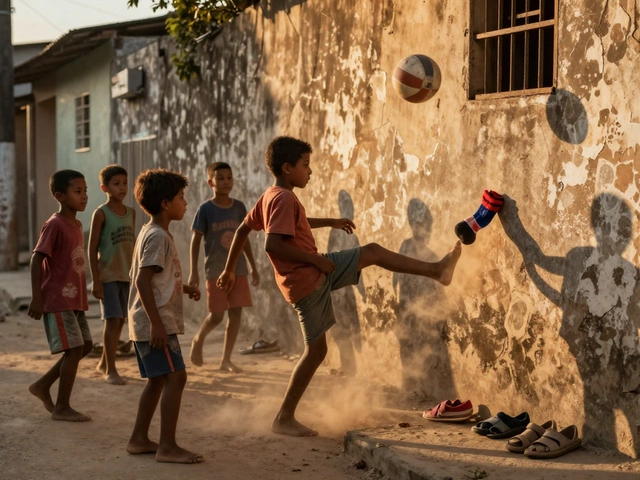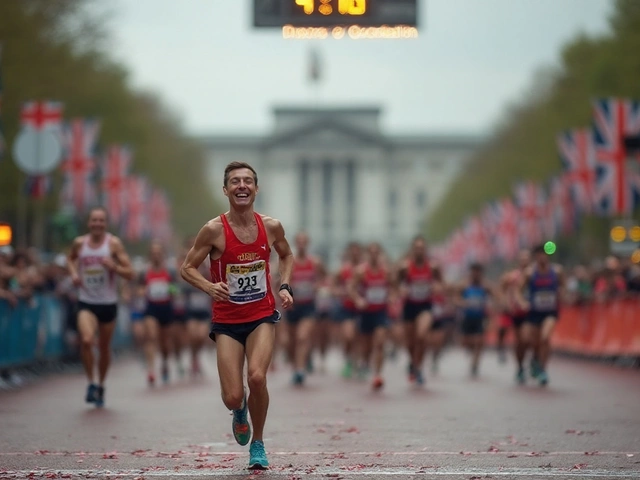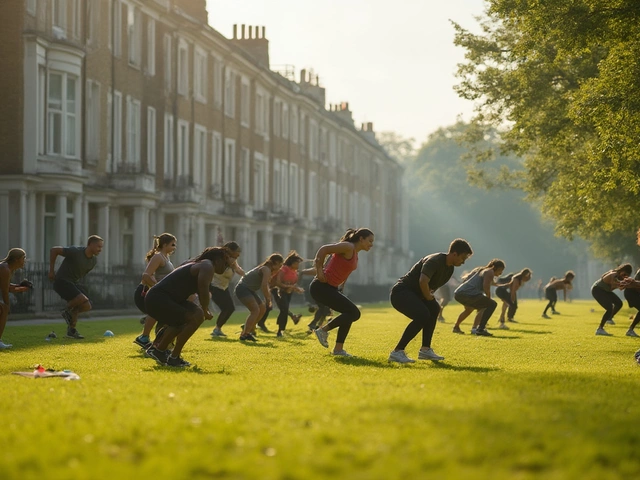Imagine getting a great workout and being part of an active community—without spending a single dollar on gear. Sounds too good to be true? You’d be surprised. There are sports that don’t require any equipment at all. For people who don’t want to fork out for pricey shoes, rackets, or confusing gadgets, or who just want to keep things simple, these activities are right up your alley. Maybe all you have is a pair of old sneakers and a patch of open space. Good news: that’s enough to get started. The world’s oldest sports, and probably the most popular even today, need nothing but your willpower and a bit of space. We’re talking about running, bodyweight workouts, and even barefoot-friendly movement like parkour or basic calisthenics. Curious about which sport truly needs zero equipment—and how you can dive right in? Let’s break it down.
Running: The Purest No-Gear Sport
Let’s get right to the classic example: running. Here’s a sport that strips it back to basics. People have been running since the dawn of time—long before flashy shoes or compression shorts. Sure, today’s athletes spend a fortune on techy sneakers and GPS watches, but look at kids running barefoot in fields or Olympic champions training on dirt tracks decades ago. Running needs nothing but you, your legs, and somewhere to put one foot in front of the other. It’s the original human sport—humans literally evolved as endurance runners to hunt food or travel. In fact, there’s real science to back this up: researchers have found that humans are hardwired for long-distance running. Our tendons, sweat glands, and upright posture are tuned for efficiency, not speed, which is why our ancestors were able to outrun prey over long distances. That’s a wild thought: thousands of years ago, someone probably invented running by necessity.
Running is living proof you don’t need to buy anything special. Just choose a safe route (parks or trails are the best), and set a pace that feels comfortable. Not worrying about gear means less excuses and more action—there’s no “I forgot my wristband” or “my gym is closed.” Want some extra motivation? Even the famous Tarahumara people of Mexico train and race barefoot or in simple sandals, running for hours on rocky terrain. Of course, if you’re just starting out, be kind to your feet—run on soft grass or dirt where you can, and keep tabs on how your body feels. But don’t get hung up on needing the perfect kit; running only asks you to show up.
No other sport is more flexible. If you travel, you can run on hotel staircases or around the block. If your day gets busy, you can squeeze in a quick jog at dawn or dusk. And if your mental health needs a boost, a study from 2023 showed that even a ten-minute run lifts mood and sharpens focus. Unlike sports that need a net, a ball, or teammates, running is a solo mission. Or, if you’re craving company, almost every city has running groups that welcome all-comers. Running races have been happening since the ancient Olympics in Greece; back then, competitors wore nothing but a loincloth at best. Now that’s as close to zero equipment as it gets.
So, what are the pro-tips for making running work without any gear? First, focus on good form—stand tall, relax your shoulders, and let your arms swing naturally. Listen to your breath, and avoid the classic rookie mistake of starting too fast. Mix walking and running if you’re building up from scratch; nobody’s judging. And if you want to spice it up, try sprint intervals or run up a hill for a challenge (hill sprints are an old-school favorite for serious runners). Use landmarks as goals—run to the next tree, lamppost, or street corner. The beauty is in the simplicity, and your only limit comes from how creative you get with your routes and routines.
Minimalist Bodyweight Sports and Movements
Is running not your thing? Not a problem. There are plenty of sports and fitness activities that use nothing but your own bodyweight. Push-ups, squats, lunges, sit-ups—these moves go all the way back to Ancient Greece, when soldiers trained in calisthenics to prepare for battle. Today, you’ll see a new wave of street workout communities popping up in parks globally, all focused on bodyweight training. The Bar Brothers in Europe or the “Cali Move” movement are turning basic exercises into full-blown lifestyles. There’s an underground vibe to it all: no memberships, no fancy mats, just gravity and determination.
You don’t need pull-up bars or benches, either. Use tree branches for pull-ups, park benches for dips, or a patch of grass for planks. The cool part? Calisthenics scales to every age and fitness level. Whether you’re struggling to do a single push-up or knocking out muscle-ups, everyone started somewhere. According to fitness researchers at Columbia University, bodyweight exercises are just as effective for muscle tone and cardiovascular health as most equipment-based routines—especially when done with good intensity and form. A full-body circuit built from burpees, jumping jacks, mountain climbers, and squat jumps will leave you soaked in sweat and stronger than most gym-goers.
Want to keep your workouts interesting? Try combining exercises into mini-challenges. For example, see how many push-ups you can do in two minutes, or how long you can hold a plank. Add movement by doing walking lunges in your hallway or garden. Spot a railing? Work in some incline push-ups. Training with bodyweight builds functional strength, which means you’re working the muscles you actually use in real life—from climbing stairs to picking up young kids or groceries. If you’re worried about form, record yourself or check your alignment in a window reflection. It’s all about being resourceful with your surroundings.
And if you crave a group atmosphere, free outdoor bootcamp groups are trending in big cities. These workouts often take over public spaces—no one brings dumbbells or bands, just themselves. There’s something liberating about getting fit without relying on equipment; you just need a bit of creativity, a willingness to push through some sweat, and maybe a sense of humor when the push-ups get tough. Plus, if you’re on a tight budget or always on the move, you won’t have to worry about lugging gear around—your body becomes your gym.
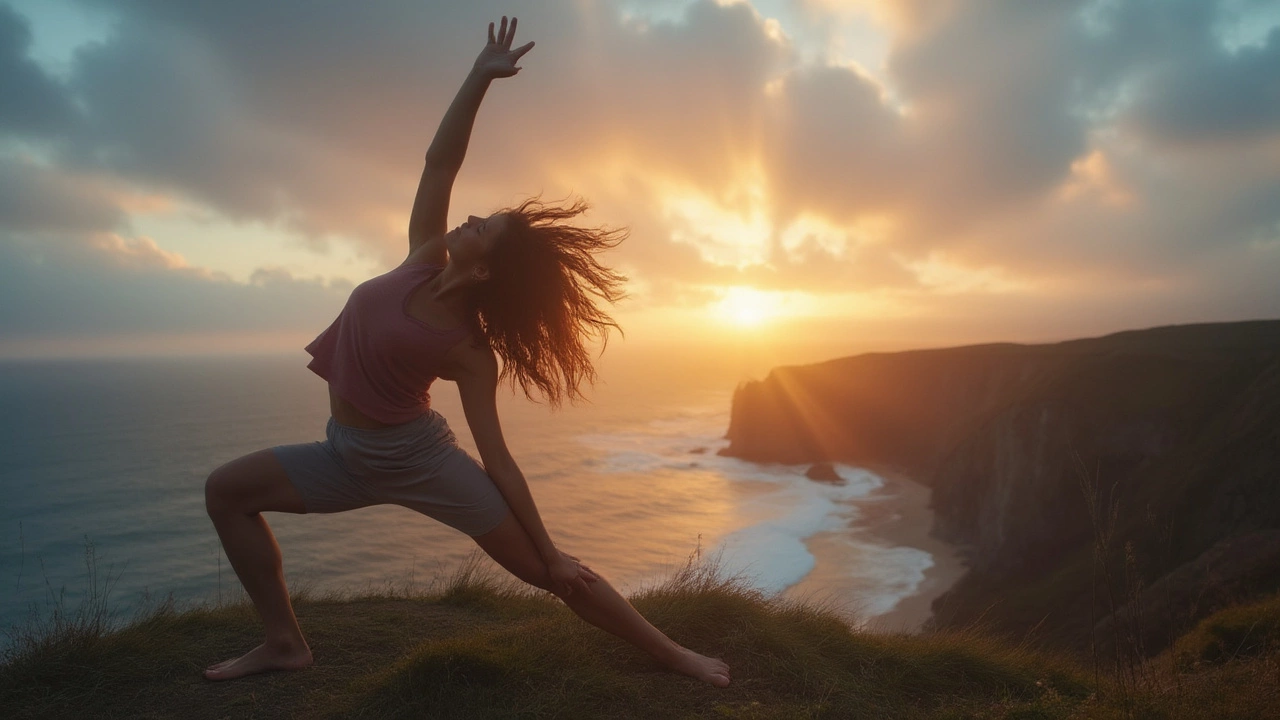
Exploring Equipment-Free Play and Sport Games
Think about childhood games—tag, freeze dance, or even some wild variations like dodge, all fall under equipment-free sports. These aren’t just playground activities, either. They get your heart rate up, boost coordination, and up your social skills without a single piece of kit. Experts in physical education say that unstructured play actually develops core skills better than many formal sports for kids. Adults can get in on the fun too—there’s a reason why corporate teambuilding events sometimes involve relay races or hide-and-seek-style games. These activities enhance agility, balance, and reaction time, all while making you laugh. Not bad for something that costs zero pounds.
Parkour is another example of an equipment-free sport getting more attention. It’s basically about moving through your environment with fluidity—jumping, climbing, rolling, and vaulting using nothing but your body and what’s around you. Invented by French teenagers as “the art of movement,” parkour athletes use urban spaces as their playgrounds. No gear is required—just caution, some practice, and respect for your body’s limits. London and Paris see pop-up parkour groups using staircases, benches, and even old walls for creative challenges. A core rule is starting small: perfect the basics like landing softly before attempting jumps. Parkour coaches say the best equipment is your own focus and imagination.
Then there’s yoga and stretching—no mat necessary if you’re on grass or carpet. Flowing through sun salutations or holding deep squats can get your blood pumping and improve mobility. In India, yoga began outdoors over a thousand years ago, with nothing but earth and open air beneath practitioners. No special fashion, props, or music required. You can follow a video, join a free community class, or make it up as you go. The point is to move with awareness and keep your joints happy.
Sometimes, the best sports are invented in the moment. Running races with your dog, timed dance-offs with your flatmates, or just setting a timer and who-can-hop-longest contests—none need gear. Communication games like Simon Says or Red Light, Green Light are huge in sports camps for sharpening reflexes and attention. If you look at sports through this playful lens, the whole world becomes a gym. You just need curiosity and an open mind.
Tips for Getting Started With Zero-Equipment Sport
Ready to join the movement and ditch the excuses about missing gear? Start small and keep it repeatable. Pick one time each day—mornings are popular, but any slot you’re less likely to skip works. Lay out your chosen activity: maybe a gentle run, a ten-minute callisthenics circuit, or a round of tag with your kids. Write down your routine somewhere visible, or set a reminder on your phone.
If you’re trying running, listen to your body and don’t worry about speed. Walk if you need to. For bodyweight sports, check your form using online guides—bad posture is the only thing that could slow you down. Don’t underestimate a warm up; even a one-minute jog or ten jumping jacks will save you from soreness later. Consistency beats intensity: it’s better to go light every day than to smash yourself once a week.
Get social if you can—invite friends, join a local running group, or attend a free bootcamp in your park. Communities push you further and keep things fun. Track your progress in a notebook or an app. Celebrate small wins: an extra push-up, another minute running, less downtime between sets. The science backs it up: tracking progress and celebrating milestones makes habits stick.
Mix things up to dodge boredom. Try new routes, swap push-ups for lunges, add a fun challenge (like skipping every other lamppost). Use nature—a tree for pull-ups, a log for balance, or sand for added resistance. If you have kids or pets, work them into your play—chasing, tug-of-war, or impromptu races are equipment-free and double as quality time.
Finally, remember the heart of it: sport without equipment is about freedom. No barriers to entry, no price tag, no excuses. You’re not tied down by anything but your own motivation. Sometimes, the only thing between us and a healthier life is getting started. Your new routine is just a step, jump, or sprint away.
